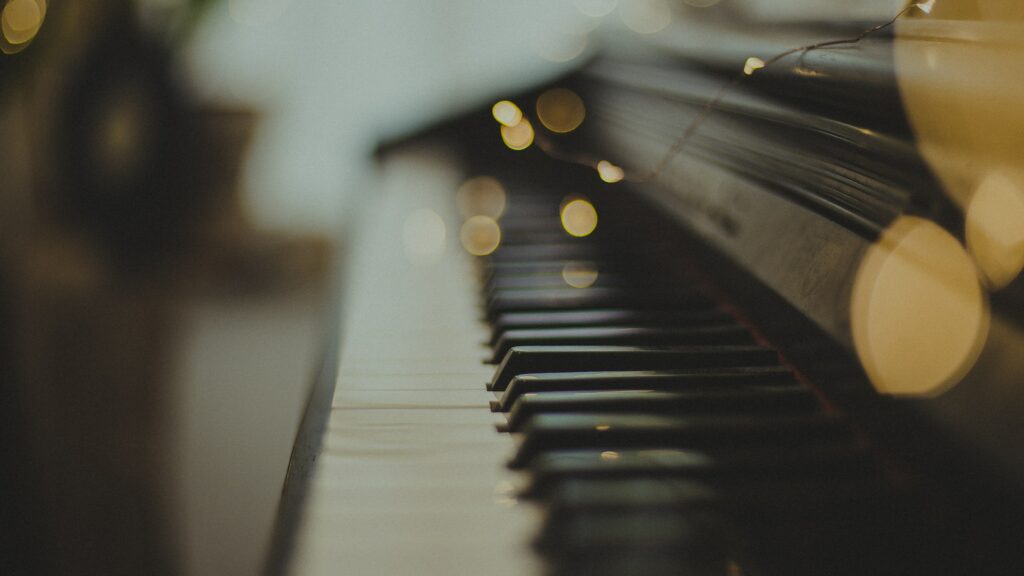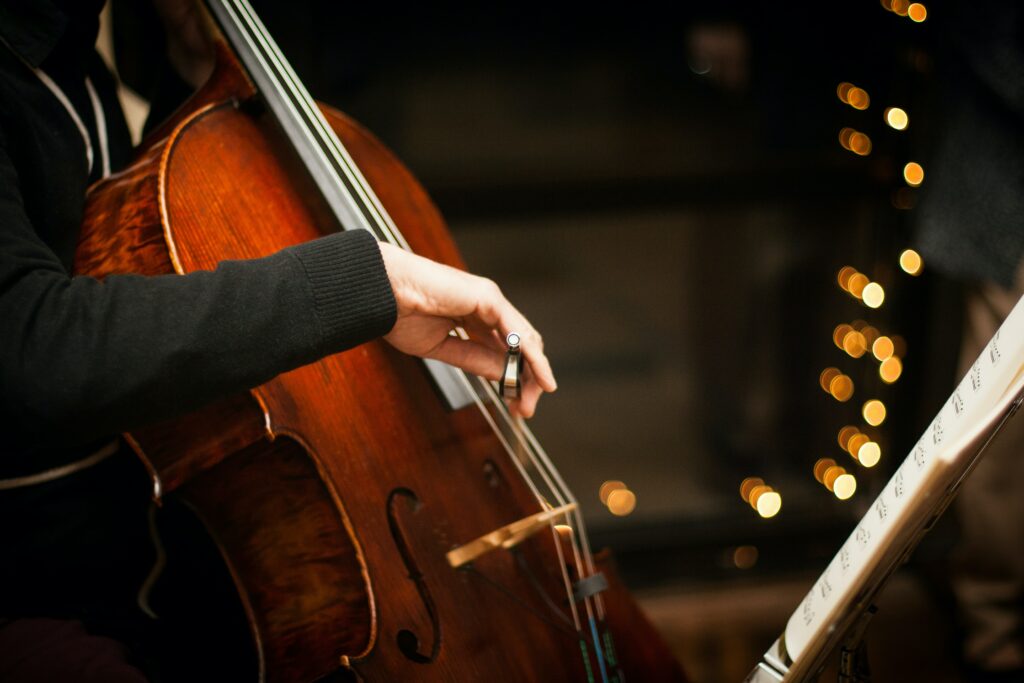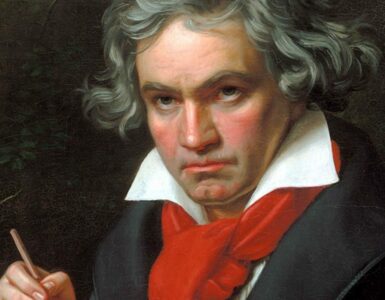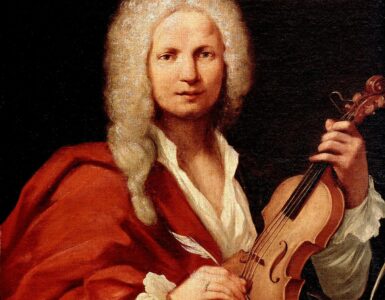When we say Classical music, how often do we refer to music composed during the Classical period rather than during the common practice period? The Classical period gradually succeeded the Baroque period around 1750. However, it was relatively short-lived and was followed by the Romantic period around 1820.
With that, let us talk about some of the features of music composed in the Classical period, together with some of the composers who lived through this time.
History of the Classical Period
Let us start with something aside from music – events during the Classical period. Major events include the Seven Years’ War, the French Revolution, and the Napoleonic Wars.
As the 18th century progressed, new styles of music were being explored. Numerous forms began to surface and replace Baroque forms. This eventually led to a lighter and more straightforward, often homophonic texture compared to Baroque pieces. Chordal accompaniment went together with a clear melody. However, forms were heavily developed.
The capital of western Classical music during this period was Vienna, Austria. During the Classical period, Vienna was a commercial and cultural centre, making it the fourth largest city in Europe. Despite being born elsewhere, many musicians, including Haydn, Mozart, Beethoven, came to Vienna to further develop their music. Today, Vienna continues to be a city that offers a rich musical history.
Characteristics of Classical Music
Abandoning the Basso Continuo
The Basso Continuo was slowly phased out as the Baroque period transitioned into the Classical period. Composers did not require keyboardists to improvise their accompaniment parts. This was due to the large number of amateurs who started to learn music and classical composers wanting control of a proper accompaniment.
Contrast of Mood
Rather than expressing a single mood, music composed in the Classical period saw numerous contrasts in the piece’s mood. At the start of the piece, strong emotions may develop into weaker ones afterward. This change can be either gradual or sudden. Composers used their mood and logic to apply such emotions to their music.
Dynamics
With the amount of emotions expressed in Classical pieces, gradual changes in dynamic became common. This is seen with the crescendo and decrescendo, used in place of terraced dynamics. With that, the piano gradually replaced the harpsichord.

We, pianists, can control the dynamics of the piece we are playing based on how hard we press the keys. As a result, many composers began to compose for the piano rather than other keyboard instruments. However, this piano, the fortepiano, was slightly different from the ones we use today – the pianoforte. The early piano was lighter, came with thinner strings on a wood frame, and had a smaller pitch range of five to six octaves. It also had a smaller tone that went away quickly.
Melody
Unlike Baroque pieces, Classical pieces tend to have memorable and tuneful melodies. Even complex works may incorporate folk songs or tunes familiar to the people. This is seen in Mozart’s “Ah, vous dirai-je, maman”, borrowing the tune from “Twinkle, Twinkle, Little Star”. In addition, melodies of Classical compositions generally have a symmetrical, balanced sound since they are often comprised of two phrases as long as each other.
Rhythm
Classical pieces have flexible rhythms, often comprising of various patterns. This contrasts the repeated limited number of rhythmic patterns seen in Baroque pieces. In addition, classical works have rhythms that bring about uncertainty – surprise pauses and syncopation, together with the repeated change in the length of notes, both suddenly and gradually.
Texture
Unlike the polyphonic nature of works from the late Baroque period, pieces composed during the Classical period are mostly homophonic in texture. Despite that, the textures of pieces are also flexible, with the sudden or gradual change between textures. For example, a homophonic melody may develop into a polyphonic texture, with imitations in voices as the piece progresses.
Classical Composers
Here are some of the notable composers in the Classical period.
| Composer | Notable Compositions |
| Joseph Haydn (1732 – 1809) | Symphony No. 94 in G major, 2nd Movement, H. 1/94 |
| Wolfgang Amadeus Mozart (1756 – 1791) | Piano Sonata No. 11 in A major, 3rd Movement, K. 331 Eine kleine Nachtmusik, K.525 Symphony No. 40 in G minor, 1st Movement, K. 550 |
| Ludwig van Beethoven (1770 – 1827) | Piano Sonata No. 8 in C minor, 2nd Movement, Op. 13 Symphony No. 5 in C minor, Op. 67 Bagatelle No. 25 in A minor (Für Elise), WoO 59 |
| Franz Schubert (1797 – 1828) | Minuet in A Major, D. 334 Die Forelle, D. 550 Three Marches Militaires, No. 1 in D major, D. 733 |
Other notable composers include Carl P E Bach, Gluck, Boccherini, Leopold Mozart, Gossec, Johann C Bach, Salieri, and Clementi.
Classical Music
Classical Orchestra
The Classical orchestra had fixed instrumentation of four sections – brass, percussion, strings, and woodwinds. The brass and woodwind sections are often paired, making the Classical orchestra much larger compared to its Baroque counterpart. In addition, each instrument is given a different role, unlike the unity seen in Baroque orchestras.
The most crucial section in Classical orchestras is the strings section – violin, viola, cello, and bass. Here, the first violins often play the melody, and the lower strings the accompaniment. The woodwinds section provided contrasts in the tone colours of the piece and thus sometimes played melodic solos. The brass section seldom plays the melody.

Sonata Form
The Sonata form is often used in the first movement of symphonies and string quartets. It consists of four parts:
- Exposition
- The first theme begins in the tonic key
- Bridge modulates from the tonic key to the new key
- The second theme begins in the new key
- The closing section ends in the new key
- Development
- Themes are explored and modulated to different keys
- Recapitulation
- The first theme begins in the tonic key
- Bridge
- The second theme begins in the tonic key
- The closing section ends in the tonic key
- Coda
- The coda plays in the tonic key
Rondo Form
The Rondo form contains the main theme, “A,” that has a memorable tune. This main theme then comes back a few times with slight modulations. Common patterns include “A B A C A” and “A B A C A B A”. Composers used the Rondo form for both independent pieces and movements of a symphony.
Occasionally, composers incorporate elements from the Sonata form into the Rondo form. For example, this Sonata-Rondo form has outlines of “A B A–development–A B A”. That said, the Rondo form continued to be used until the 20th Century.
Theme and Variations
Another common form during the Classical period, Theme and Variations, was used similarly as the Rondo form – independently or as a movement. The theme is repeated and developed every time it returns. It has an outline of “A A’ A’’ A’’’…” and goes on until the composer is happy or runs out of ideas.
Variations are usually of equal lengths as the theme. However, it has an identity of its own – different accompaniment, dynamics, harmony, melody, mood, rhythm, and tone colours. Sometimes, the melody is in the bass, and at other times, the key of the variation is changed.
Themes are often borrowed, but original melodies are not unseen. An example of a Theme and Variation is Mozart’s aforementioned “Ah, vous dirai-je, maman”.
Minuet and Trio
Minuet and Trio are usually used in the third movement of Classical compositions. Despite being originally a dance as seen in the Baroque Minuet, the Classical Minuet and Trio is not written for dancing. Instead, it has an outline of “A B A” – Minuet, then Trio, before returning to Minuet again. It is in triple metre and often has a moderate tempo.
Classical Symphony
Symphonies are long and ambitious works that often last 20 to 45 minutes. It usually explores the musicality of the classical orchestra as the four movements develop. These four movements are often:
- Fast and dramatic movement
- Slow and lyrical movement
- Dance movement
- Heroic and fast movement
Most Classical composers wrote symphonies, with Haydn having written the most symphonies than anyone else – a little over a hundred.
Classical Concerto
Concertos written in the Classical period often had three movements, for both solo and orchestra. This exhibits the Classical characteristic of balance – the balance between the solo and orchestra. As such, Classical composers used many musical devices, such as antiphony, in Concertos. These three movements are often:
- Fast movement
- Slow movement
- Fast movement
Classical Chamber Music
Chamber music is played for a small setting and thus only comprises no more than nine players. These are similar to the small bands we see today, entertaining guests at an event. One such Chamber music is the string quartet – first violin, second violin, viola, and cello.
Chamber music has four moments similar to that of the Classical symphony.





Add comment